11 GPTs for Child Welfare Powered by AI for Free of 2025
AI GPTs for Child Welfare are advanced generative pre-trained transformer models specifically tailored for applications within the child welfare sector. These tools leverage the power of machine learning and natural language processing to provide specialized solutions, ranging from identifying at-risk children to offering educational support and counseling services. By understanding and generating human-like text, AI GPTs can interact, analyze, and assist in various child welfare initiatives, ensuring more efficient and effective support systems.
Top 10 GPTs for Child Welfare are: Social Work Templates,Guide til Barnets Lov,親子断絶と子ども連れ去り相談 GPT,Foster Care GPT,Policy Simplifier,Georgia CASA Help Desk,Child Assistance Fund of SBCSS,CLU Family Court Watch,Arizona AHCCCS Directory of Providers,Vers l'Enfant
Social Work Templates
Streamlining Social Work with AI
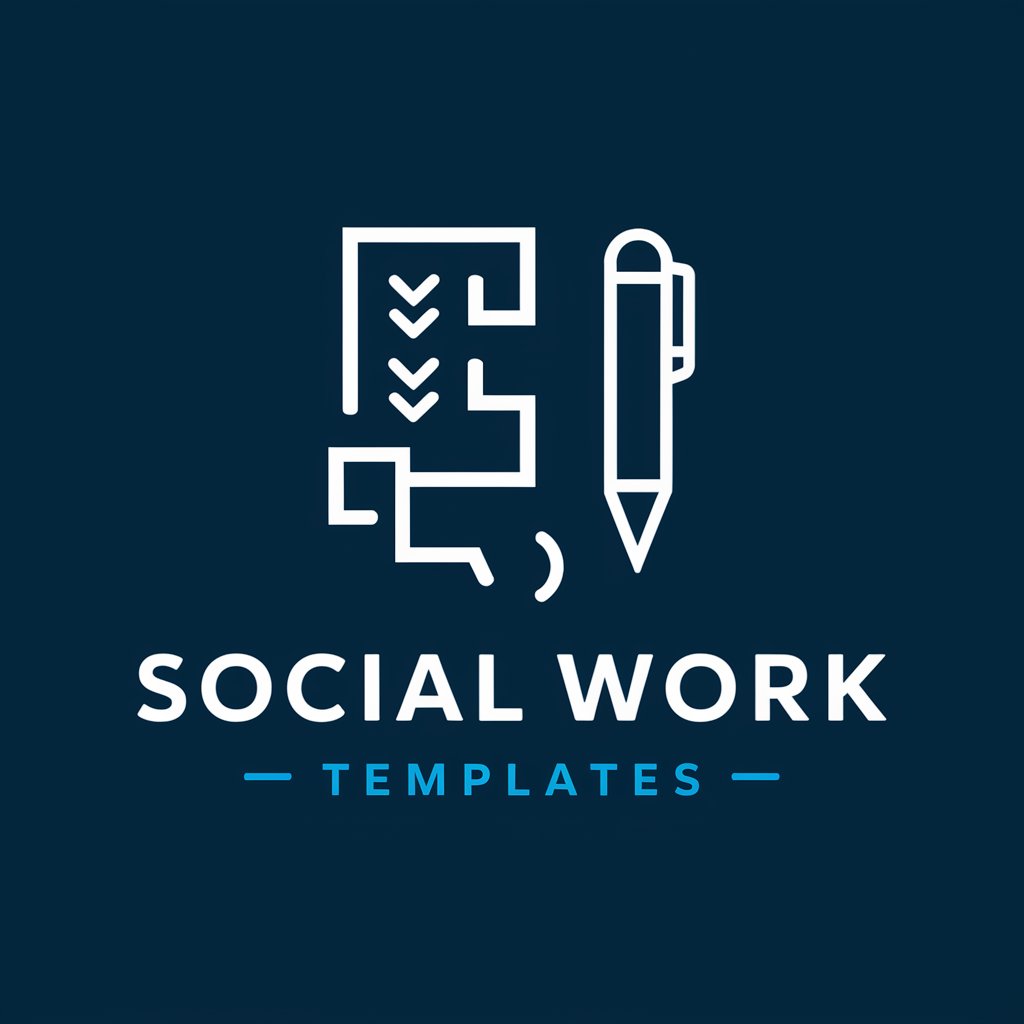
Guide til Barnets Lov
Empowering child welfare with AI
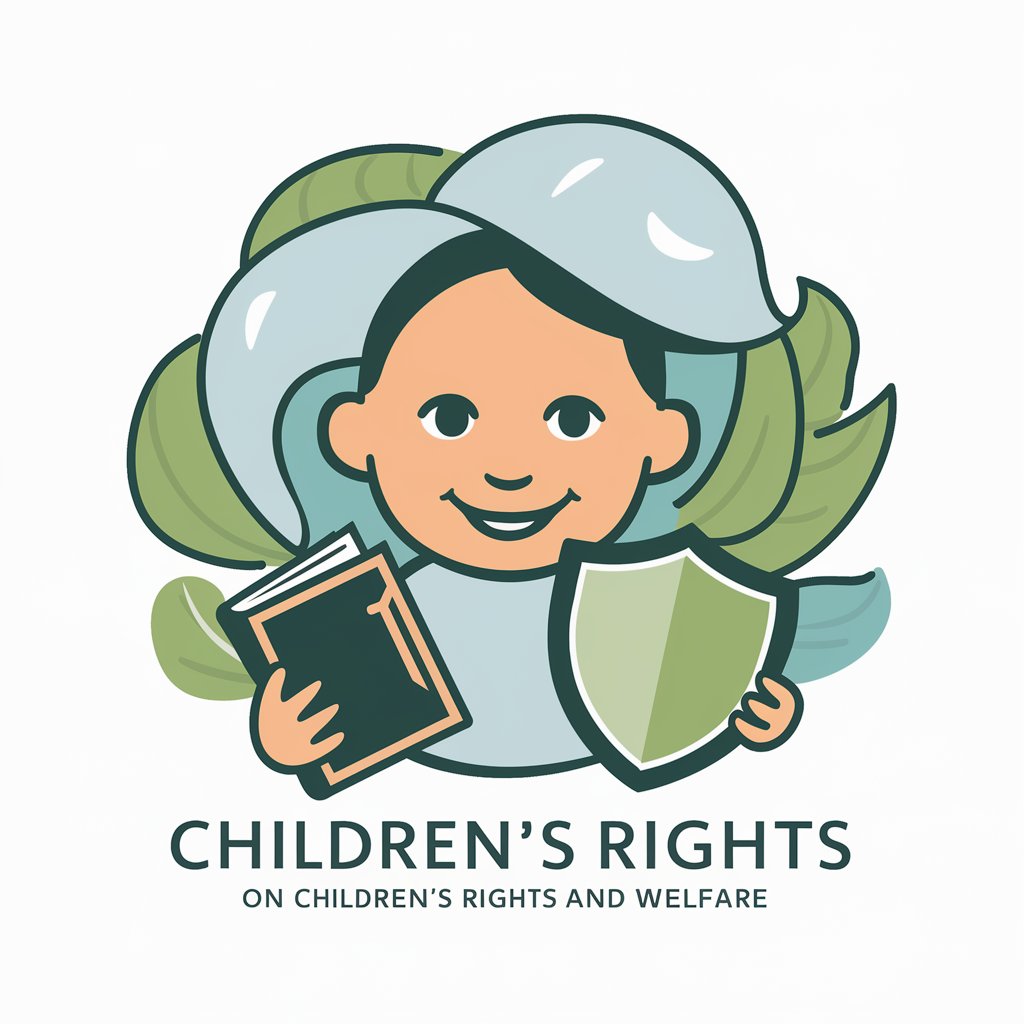
親子断絶と子ども連れ去り相談 GPT
Navigating Family Challenges with AI
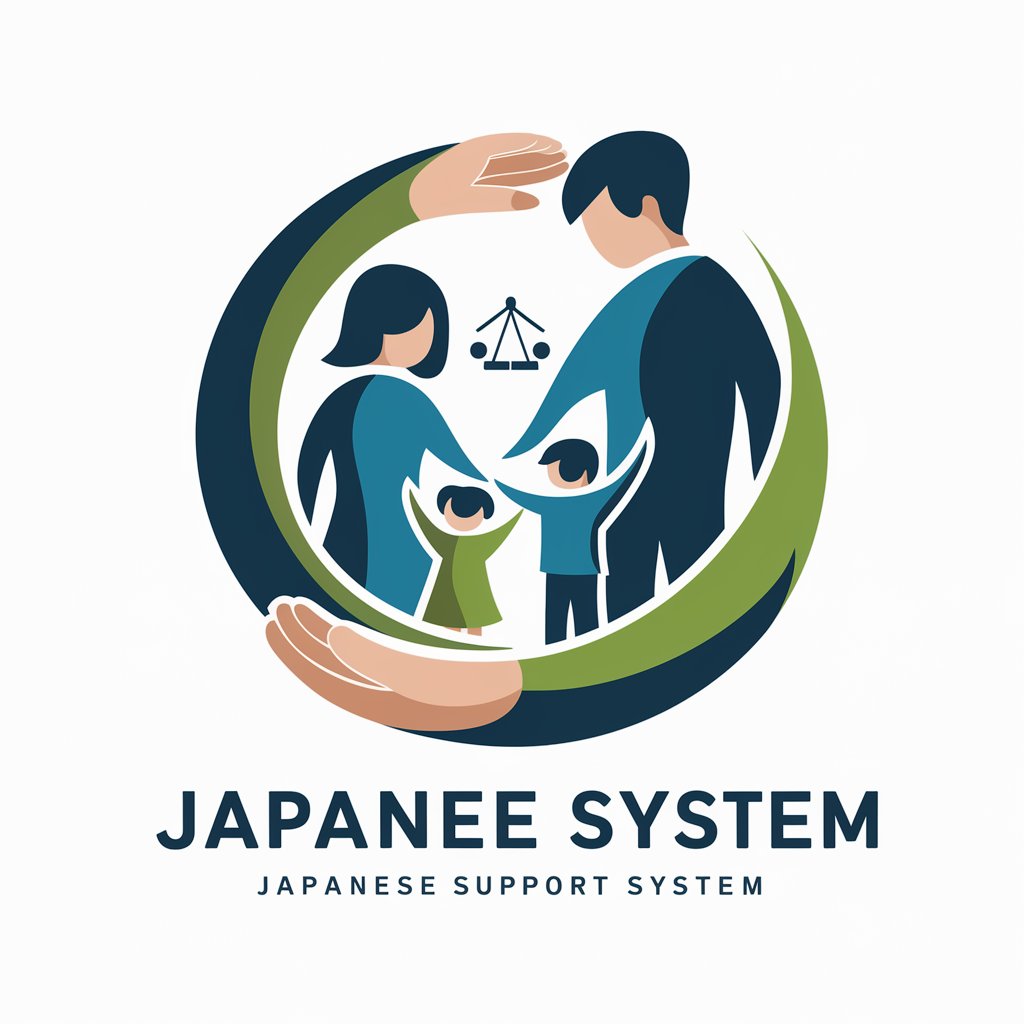
Foster Care GPT
Empowering Foster Care with AI
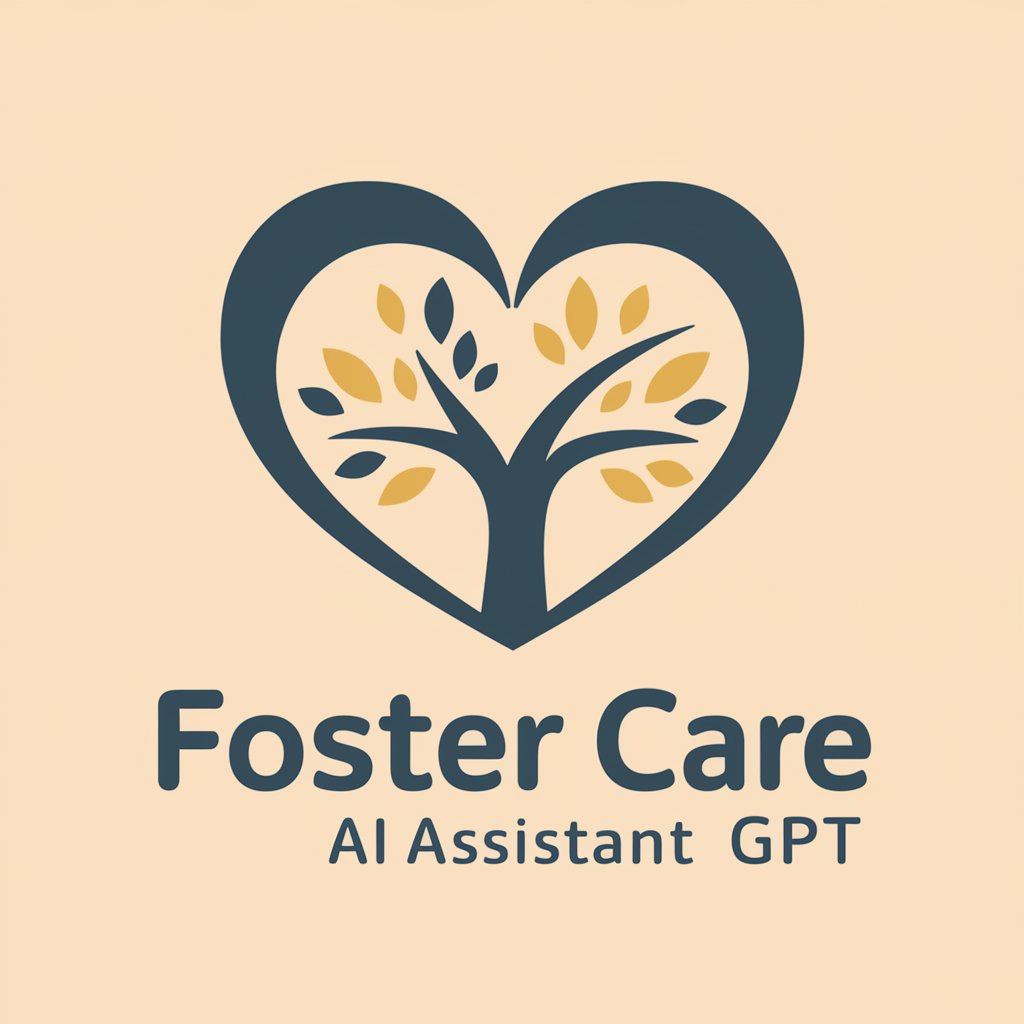
Policy Simplifier
Transforming complex policy into clear action
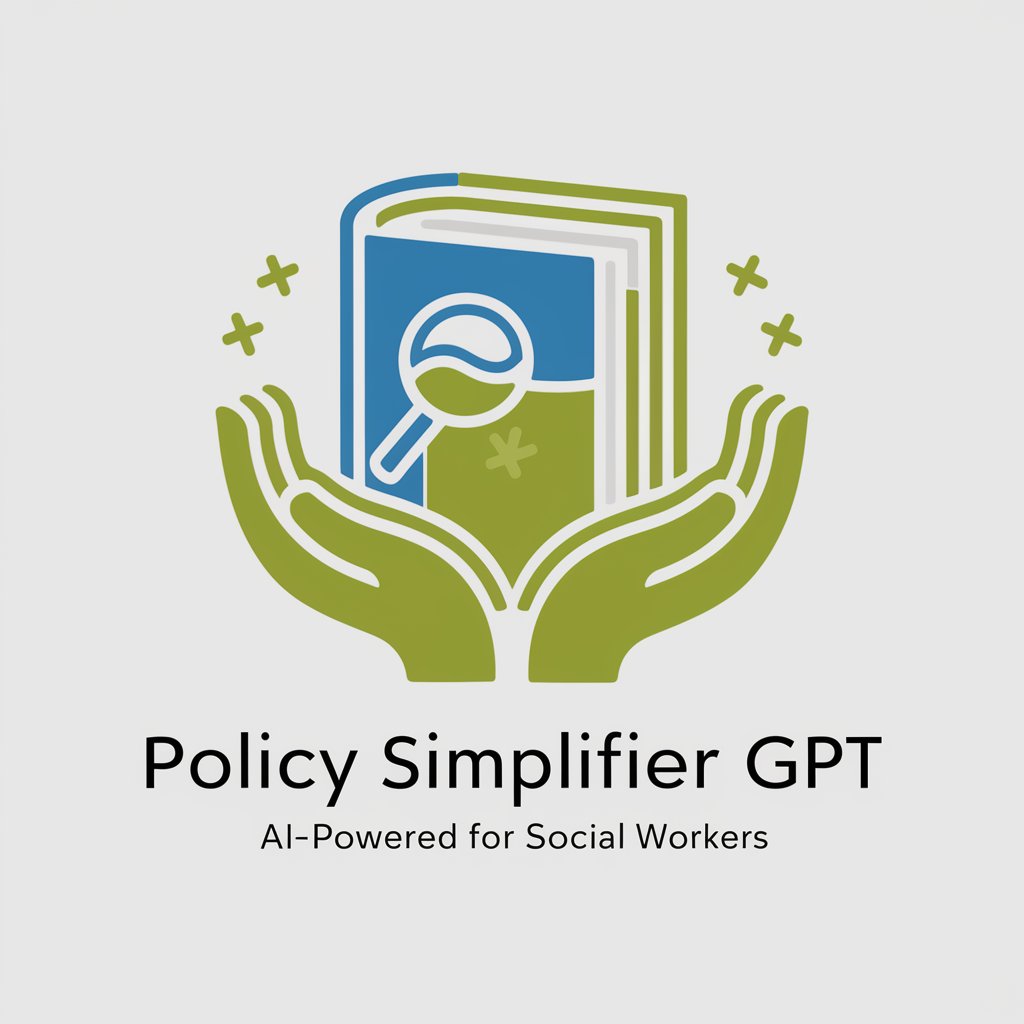
Georgia CASA Help Desk
Empowering Child Advocates with AI
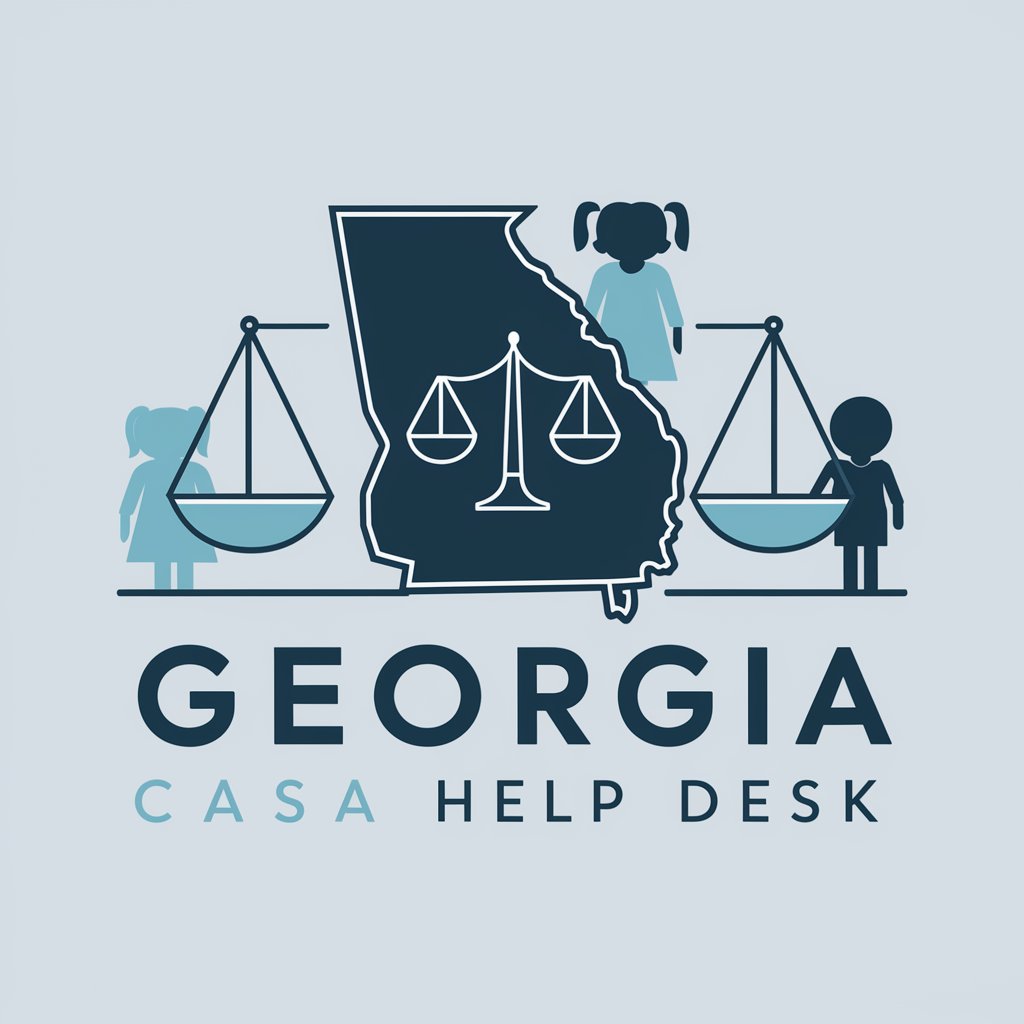
Child Assistance Fund of SBCSS
Empowering Communities with AI-driven Support
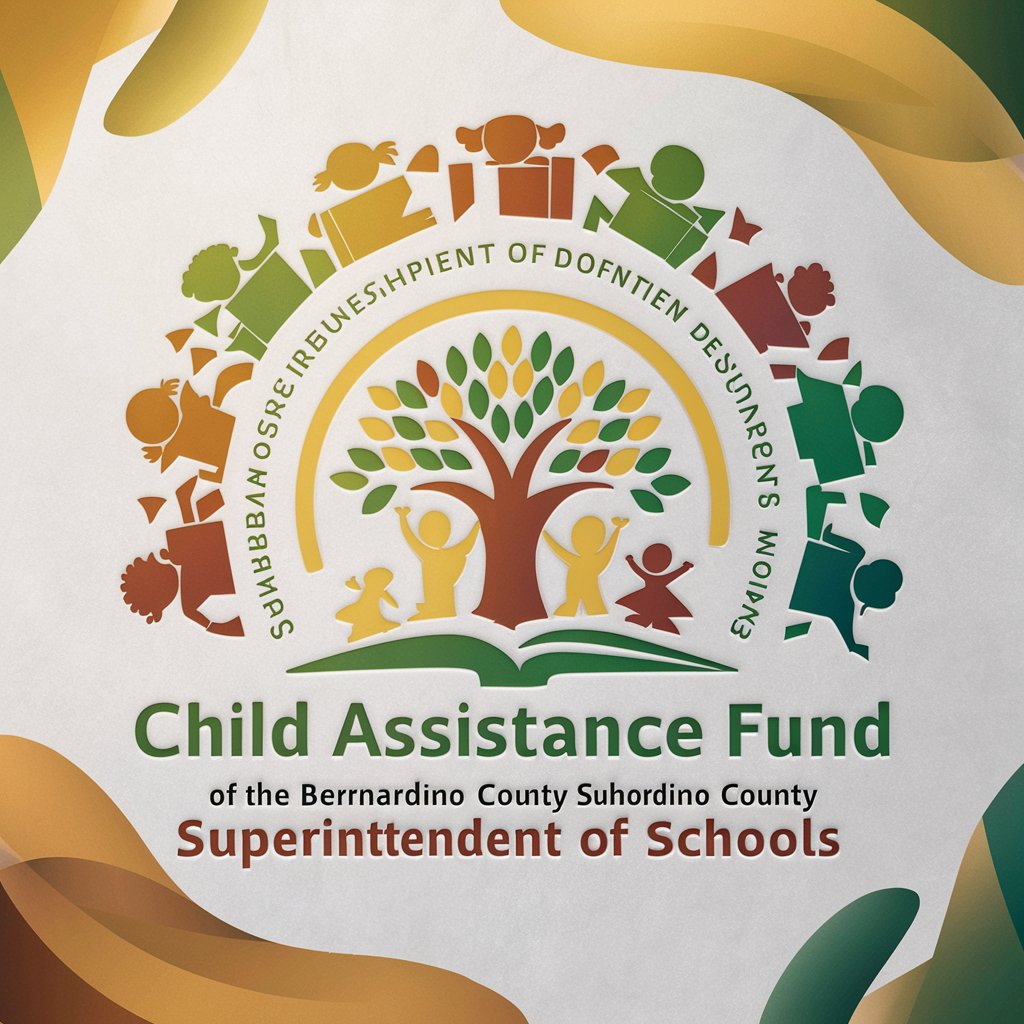
CLU Family Court Watch
Empowering Justice with AI
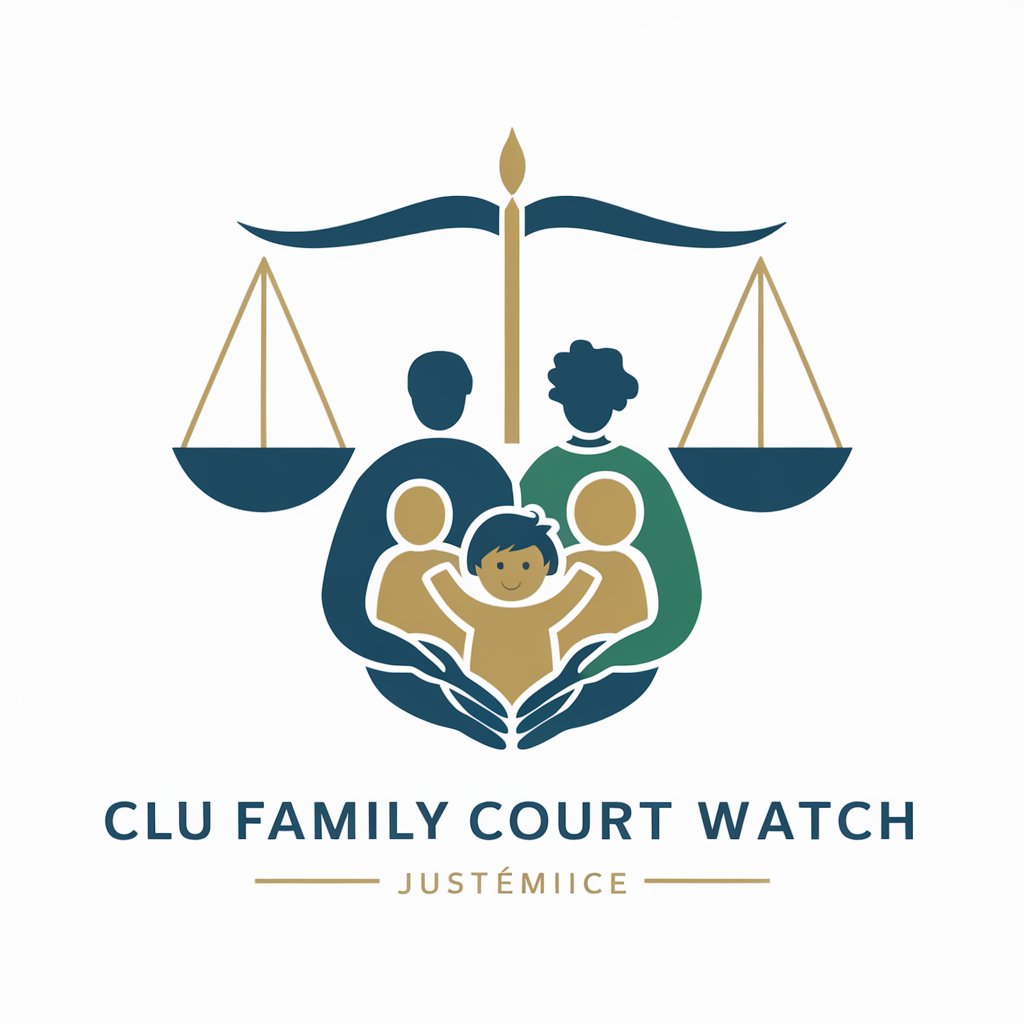
Arizona AHCCCS Directory of Providers
Empowering Arizonans with Access to Comprehensive Healthcare

Vers l'Enfant
Empowering child protection with AI.
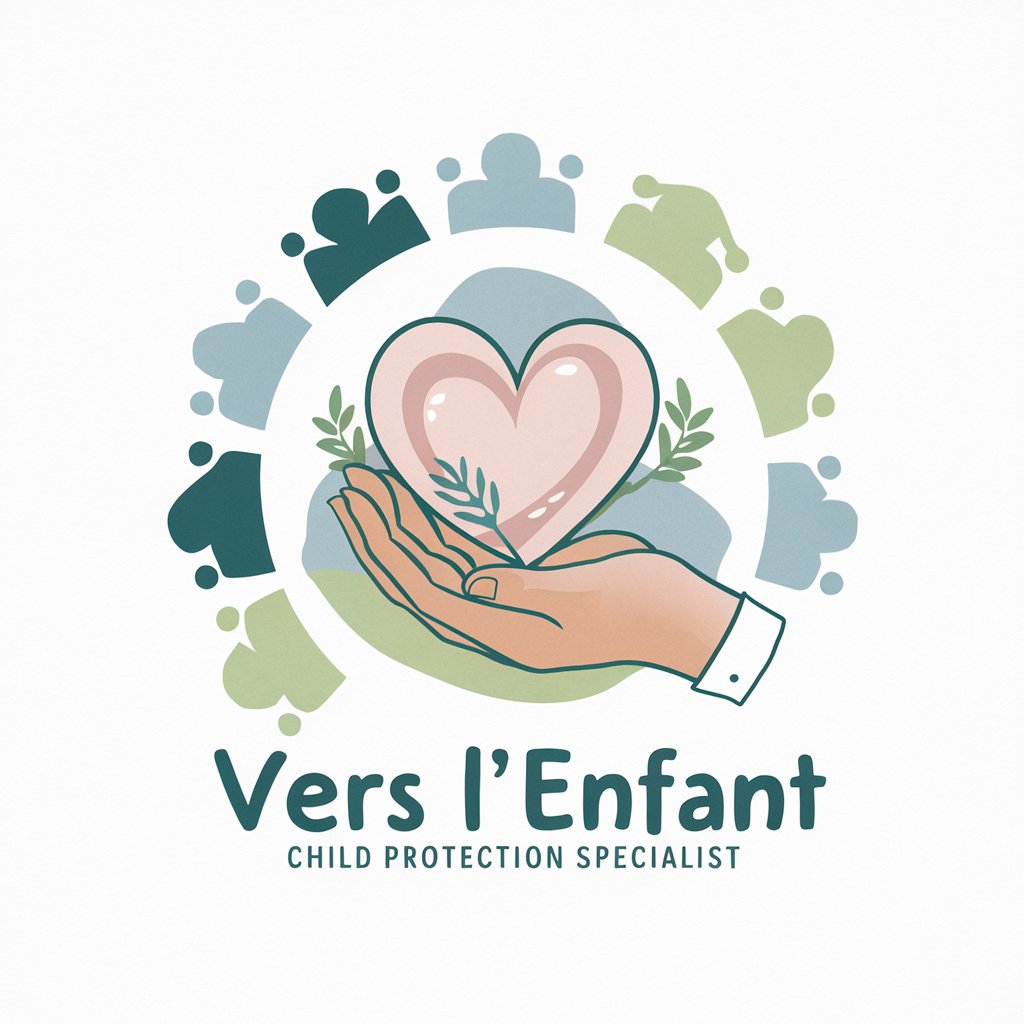
Pivotal Pathways Guide
Empathetic AI for Family Law Guidance
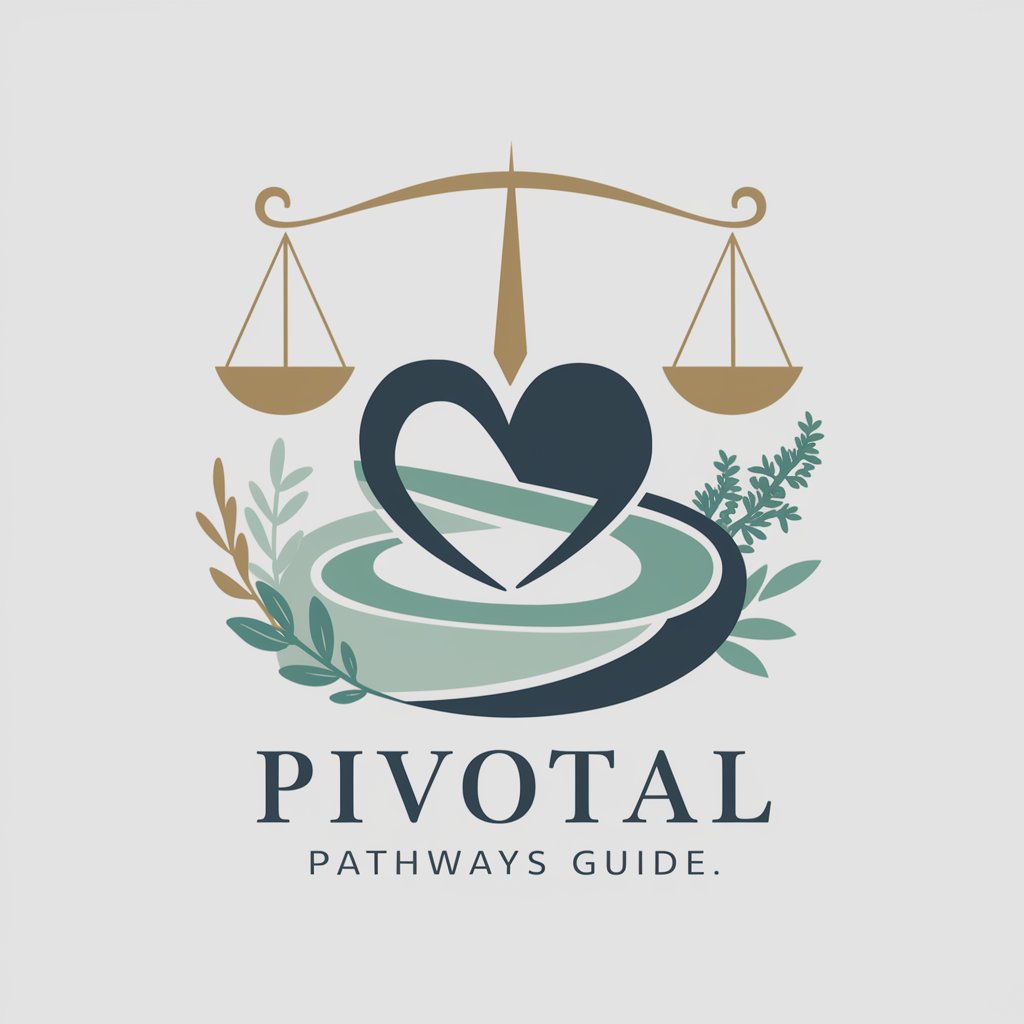
Key Attributes of Child Welfare AI Tools
AI GPTs designed for Child Welfare boast several unique features: adaptability across diverse child welfare scenarios, from administrative tasks to direct child support; advanced language understanding and generation for effective communication with children and professionals; technical support for data analysis, aiding in risk assessment and decision-making processes; image creation capabilities for educational content; and web searching for up-to-date information on child welfare policies and practices.
Who Benefits from Child Welfare AI Solutions
AI GPTs for Child Welfare cater to a wide audience, including child welfare professionals, educators, counselors, and legal advisors. These tools are accessible to novices, providing intuitive interfaces for those without technical skills, while also offering deep customization and integration options for developers and IT professionals in the child welfare field.
Try Our other AI GPTs tools for Free
Custody Advice
Discover AI-powered Custody Advice tools designed to provide tailored, data-driven solutions for navigating complex custody issues with ease and precision.
Cat Humor
Discover the purr-fect blend of technology and humor with our AI GPTs for Cat Humor, designed to tickle your funny bone with the latest in feline funnies.
Policy Translation
Discover AI GPTs for Policy Translation: Tailored AI solutions enhancing policy understanding, accessibility, and engagement through advanced language processing and customizable features.
Legal Tech
Revolutionize your legal practice with AI GPTs for Legal Tech, designed to automate tasks, enhance accuracy, and improve efficiency across all legal domains.
Interior Schemes
Discover how AI GPTs for Interior Schemes are transforming the interior design industry with innovative, personalized solutions for professionals and enthusiasts alike.
Architectural Concepts
Discover how AI GPTs are transforming architectural concepts with advanced, user-friendly tools designed for both novices and professionals.
Extended Perspectives on AI for Child Welfare
AI GPTs offer transformative potential in the child welfare sector by providing scalable, customized solutions. These tools not only streamline administrative processes but also enhance direct support to children through educational content and interactive communication. The integration with existing systems and workflows further amplifies their impact, making AI GPTs invaluable assets in promoting child welfare.
Frequently Asked Questions
What exactly are AI GPTs for Child Welfare?
AI GPTs for Child Welfare are specialized artificial intelligence tools designed to support and enhance child welfare services through natural language processing and machine learning.
How can these AI tools improve child welfare services?
They enhance service efficiency by automating administrative tasks, providing real-time data analysis, and facilitating personalized support for children and families.
Are AI GPTs for Child Welfare easy to use for those without technical skills?
Yes, they are designed with user-friendly interfaces that require no prior technical knowledge, making them accessible to a broad audience.
Can developers customize these AI GPTs for specific child welfare needs?
Absolutely. These tools offer APIs and customization options for developers to tailor solutions to specific child welfare scenarios.
Do these AI tools comply with privacy and ethical standards?
Yes, AI GPTs for Child Welfare are developed with a strong emphasis on ethical guidelines and data privacy to protect sensitive information.
Can these tools interact directly with children?
AI GPTs can be programmed to interact in child-friendly language, making them suitable for direct communication with children in a supportive role.
How do AI GPTs for Child Welfare stay updated with the latest regulations?
These tools incorporate web searching capabilities to continuously update their knowledge base with the latest child welfare policies and practices.
Can AI GPTs assist in identifying at-risk children?
Yes, through data analysis and pattern recognition, AI GPTs can help identify children at risk, enabling timely intervention and support.